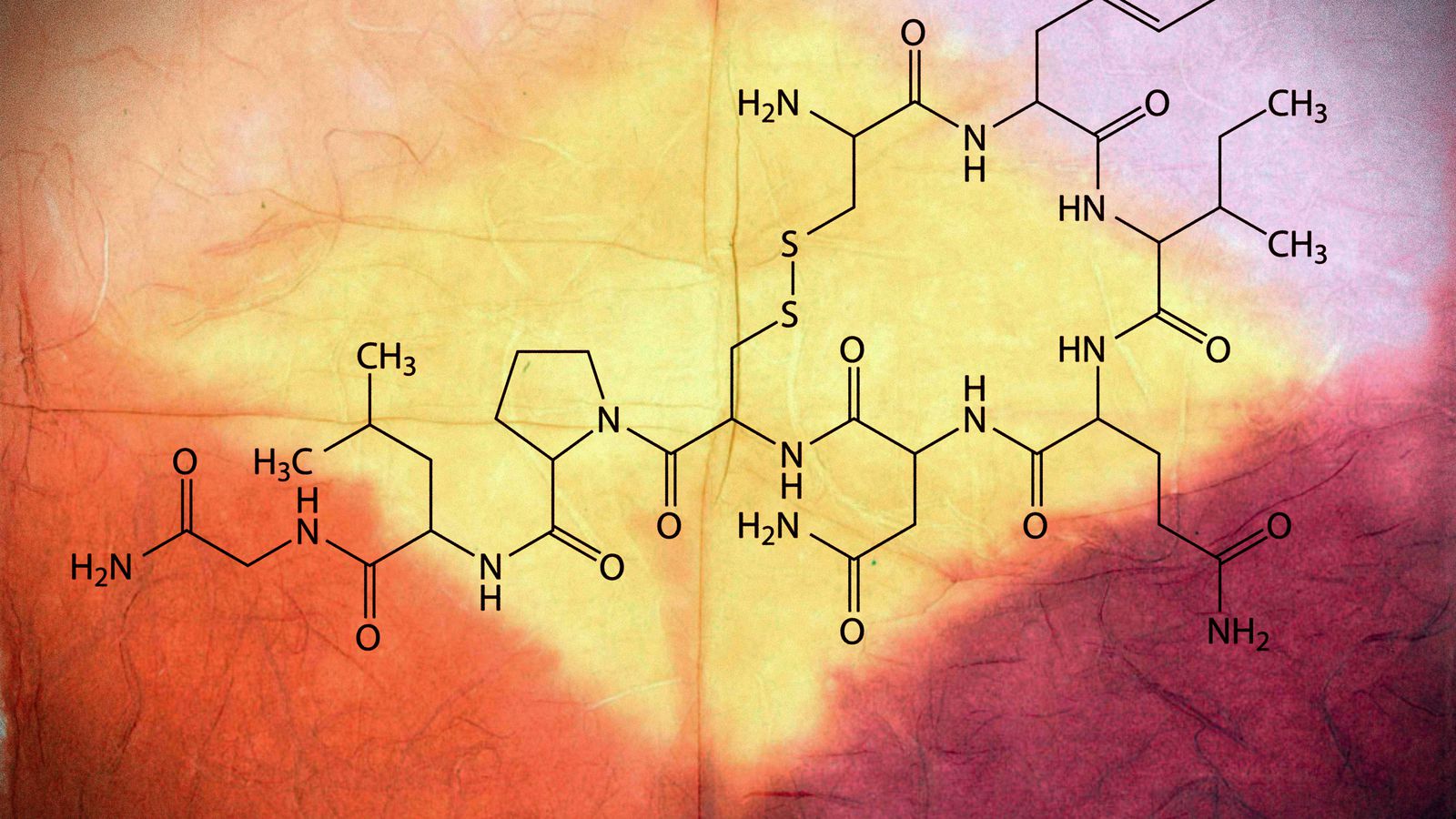Oxytocin: Uncovering the Power of the Love Hormone
Pertinent list of information:
– Oxytocin is a hormone produced in the hypothalamus and secreted into the bloodstream by the posterior pituitary gland.
– It stimulates contractions of the uterus during childbirth and lactation in women.
– Oxytocin is used to induce labor, strengthen contractions, and reduce bleeding during childbirth.
– It promotes milk movement in breastfeeding women.
– In men, oxytocin plays a role in sperm transport and testosterone production.
– Oxytocin acts as a chemical messenger in the brain, involved in sexual arousal, recognition, trust, attachment, and bonding.
– It is often referred to as the “love hormone” or “cuddle chemical.”
– Oxytocin is being studied for its role in various disorders such as addiction, depression, post-traumatic stress, anxiety, and anorexia.
– Oxytocin is regulated by positive feedback mechanisms.
– It is metabolized by oxytocinase.
– Oxytocin receptors are expressed in various areas of the brain.
– Oxytocin can be synthesized by neurons in the paraventricular nucleus.
– Oxytocin is released from the posterior lobe of the pituitary gland.
– Oxytocin levels in the brain can be much higher than peripheral levels.
– Oxytocin is found in various tissues outside the brain.
– It is involved in reproductive functions and water regulation in vertebrates.
– Oxytocin has peripheral hormonal actions and actions in the brain.
– Its effects can be influenced by context and the presence of familiar or unfamiliar individuals.
– Oxytocin is released during sexual activity, labor, and breastfeeding.
– It affects fetal brain activity during delivery.
– Oxytocin may suppress appetite under normal conditions.
– It plays a role in maternal behavior but is involved in the initiation, not maintenance, of human maternal behavior.
– Oxytocin can increase ingroup bonding and influence subjective preferences.
– Nasal application of oxytocin can alleviate impaired learning and promote neural growth in animals.
– It delays cognitive decline in a mouse model of early onset Alzheimer’s.
– Oxytocin is important for pair bonding in prairie voles.
– It plays a role in social bonding in various species, including humans and dogs.
– Oxytocin is associated with fear and anxiety, as well as social emotions such as envy.
– It produces antidepressant-like effects and may be involved in depression.
– Oxytocin levels and effects differ between males and females.
– Estrogen stimulates oxytocin release, while testosterone suppresses it.
– Oxytocin has a unique structure and can exist in different forms.
– It was isolated and synthesized in 1954, and Vincent du Vigneaud received the Nobel Prize for his work.
– Oxytocin is mentioned in songs and literature.
Please note that some information may be repeated or redundant in the provided text, and efforts have been made to remove duplications.
Continue Reading